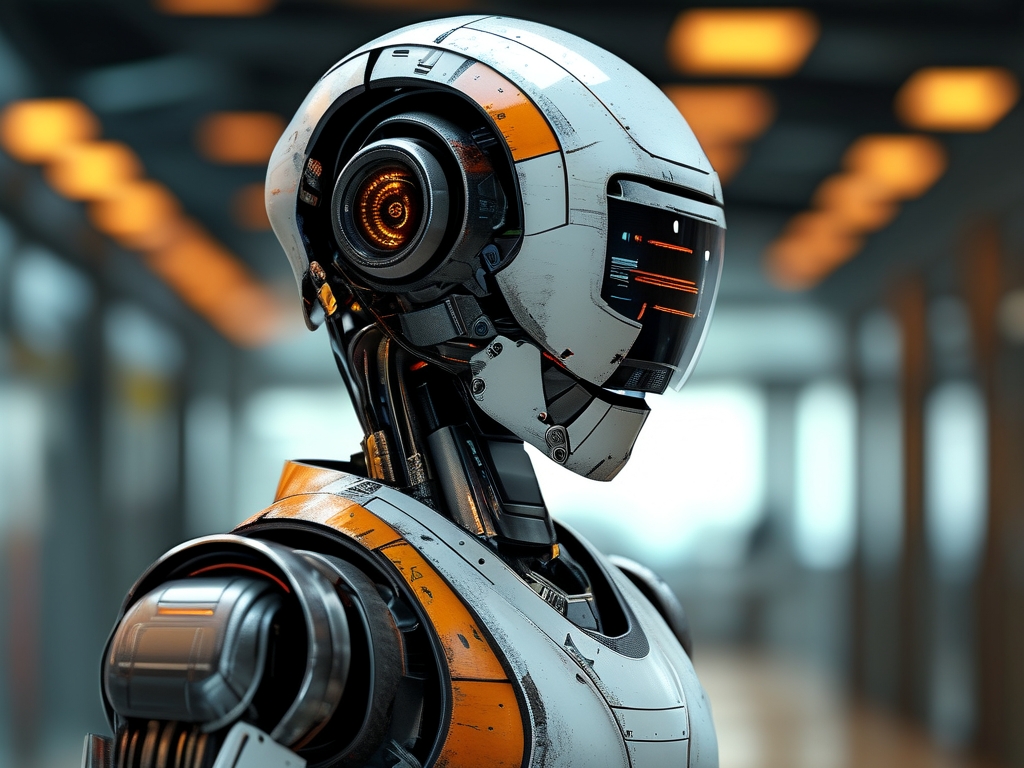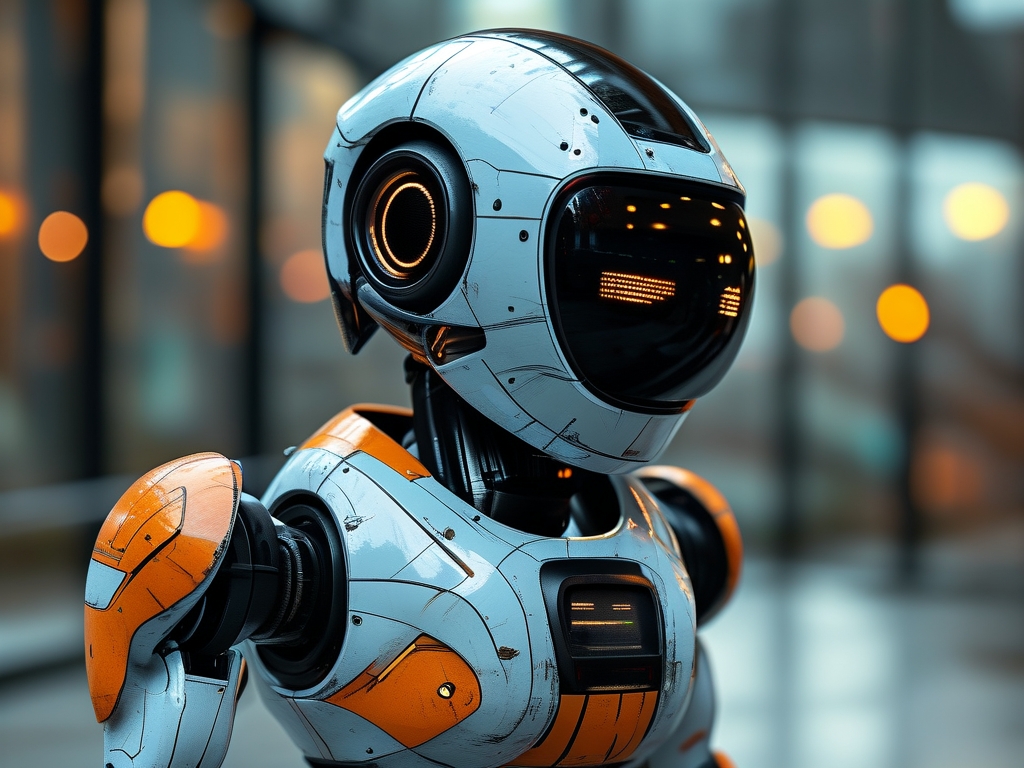The rapid evolution of robotics has introduced a myriad of advanced models tailored for diverse industries, from manufacturing to healthcare. This article serves as a technical robot model encyclopedia, complete with visual references, to help enthusiasts and professionals navigate the ever-expanding world of robotic innovation.
Industrial Robots: Powerhouses of Automation
Industrial robots dominate sectors like automotive assembly, electronics, and logistics. Key models include:
- ABB YuMi®: A collaborative dual-arm robot designed for precision tasks in small-parts assembly. Its flexible design and safety features allow it to work alongside humans (see Image 1).
- FANUC M-2000iA: A heavyweight champion capable of lifting up to 2,300 kg, ideal for automotive manufacturing (Image 2).
- KUKA KR QUANTEC: Known for its high-speed performance and energy efficiency, this model excels in material handling and welding (Image 3).
Medical Robots: Precision in Healthcare
Medical robotics focuses on minimally invasive procedures and rehabilitation. Notable models:
- da Vinci Surgical System: A pioneer in robotic-assisted surgery, offering 3D visualization and wristed instruments for complex operations (Image 4).
- EksoGT™: A wearable exoskeleton aiding patients with spinal cord injuries in regaining mobility (Image 5).
- Medtronic Hugo™: A modular system for laparoscopic surgery, enhancing procedural accuracy (Image 6).
Service and Domestic Robots: Enhancing Daily Life
From hospitality to household chores, service robots are becoming ubiquitous:
- SoftBank Pepper: A humanoid robot deployed in retail and customer service, capable of recognizing emotions (Image 7).
- iRobot Roomba j7+: A smart vacuum with AI-driven obstacle avoidance, redefining home cleaning (Image 8).
- Boston Dynamics Spot: A quadruped robot used for inspection tasks in construction and energy sectors (Image 9).
Military and Defense Robots: Guardians of Safety
These robots perform high-risk operations in hostile environments:
- Northrop Grumman MQ-4C Triton: An unmanned aerial vehicle (UAV) for maritime surveillance (Image 10).
- FLIR PackBot: A rugged ground robot for explosive ordnance disposal (EOD) and reconnaissance (Image 11).
- SAFFiR (Shipboard Autonomous Firefighting Robot): Developed by the U.S. Navy to combat shipboard fires autonomously (Image 12).
Choosing the Right Robot: Key Considerations
Selecting a robot model depends on factors such as:

- Task Requirements: Payload capacity, precision, and speed.
- Environment: Compatibility with industrial settings, medical facilities, or outdoor terrains.
- Budget: Initial costs vs. long-term ROI, including maintenance and software updates.
Future Trends in Robotics
Emerging technologies like AI integration, swarm robotics, and biodegradable materials are reshaping the field. Collaborative robots (cobots) and quantum computing-powered systems are poised to unlock unprecedented capabilities.
This guide, paired with illustrative images, underscores the diversity and specialization of modern robots. Whether optimizing factory workflows, saving lives in operating rooms, or safeguarding military personnel, each model represents a leap toward a smarter, more automated future. Staying informed about these advancements is crucial for leveraging their full potential.
(Note: All referenced images are available on official manufacturer websites or technical databases.)


